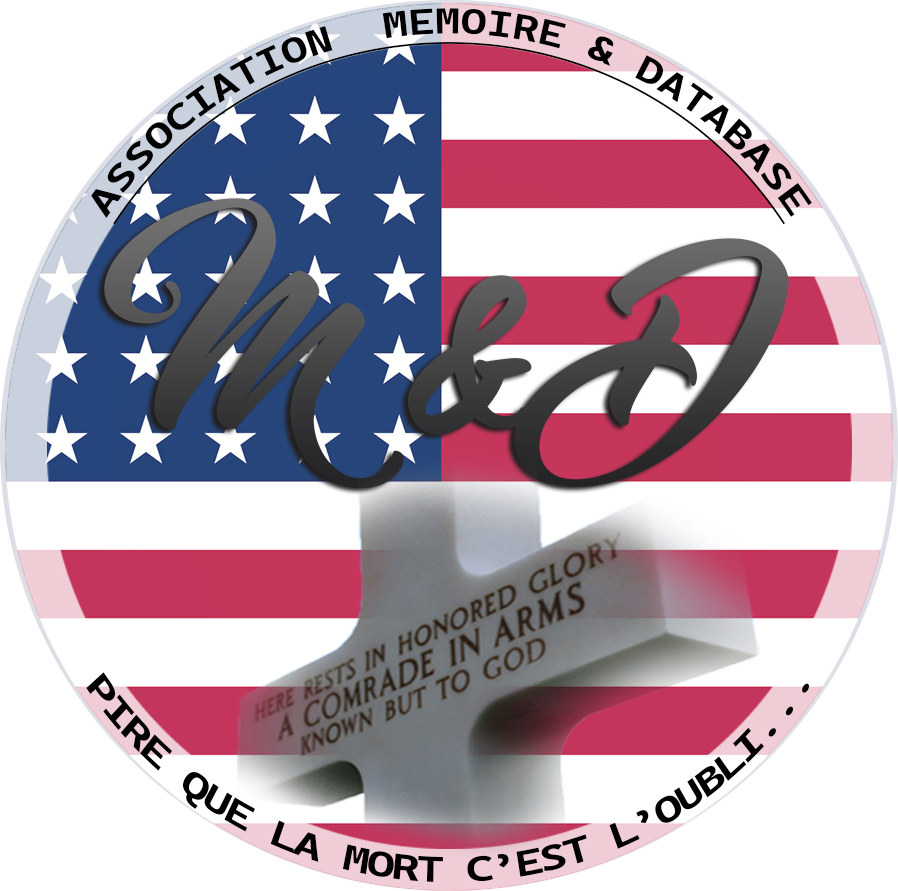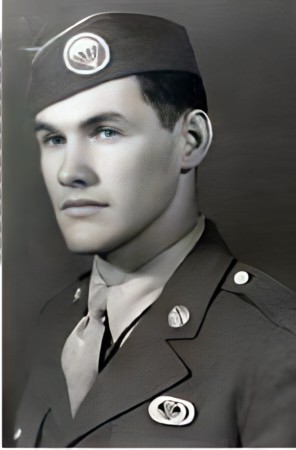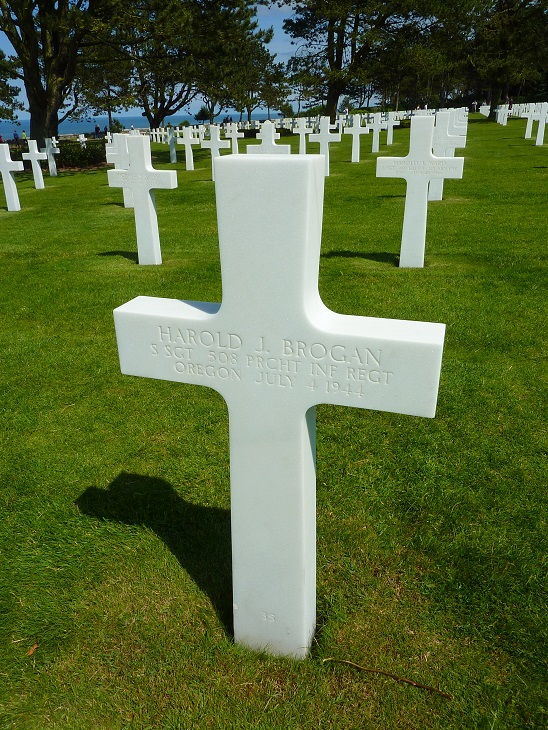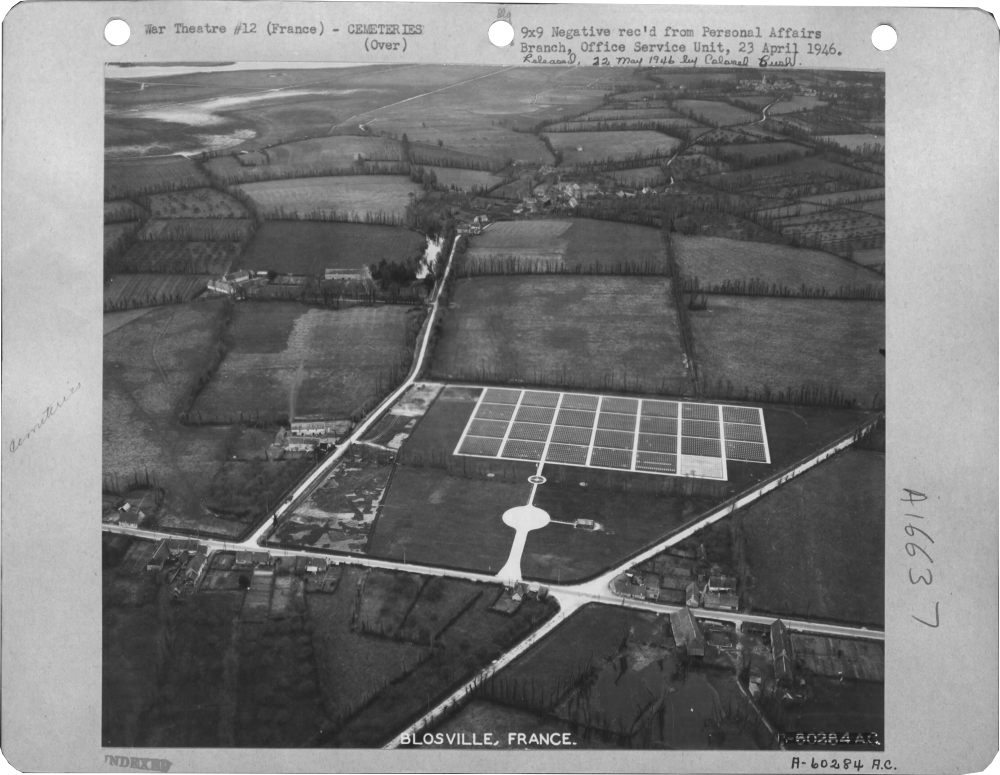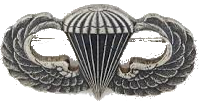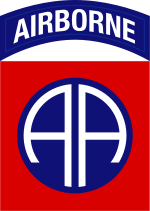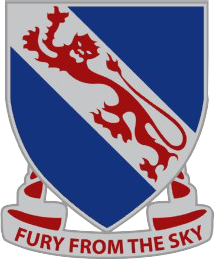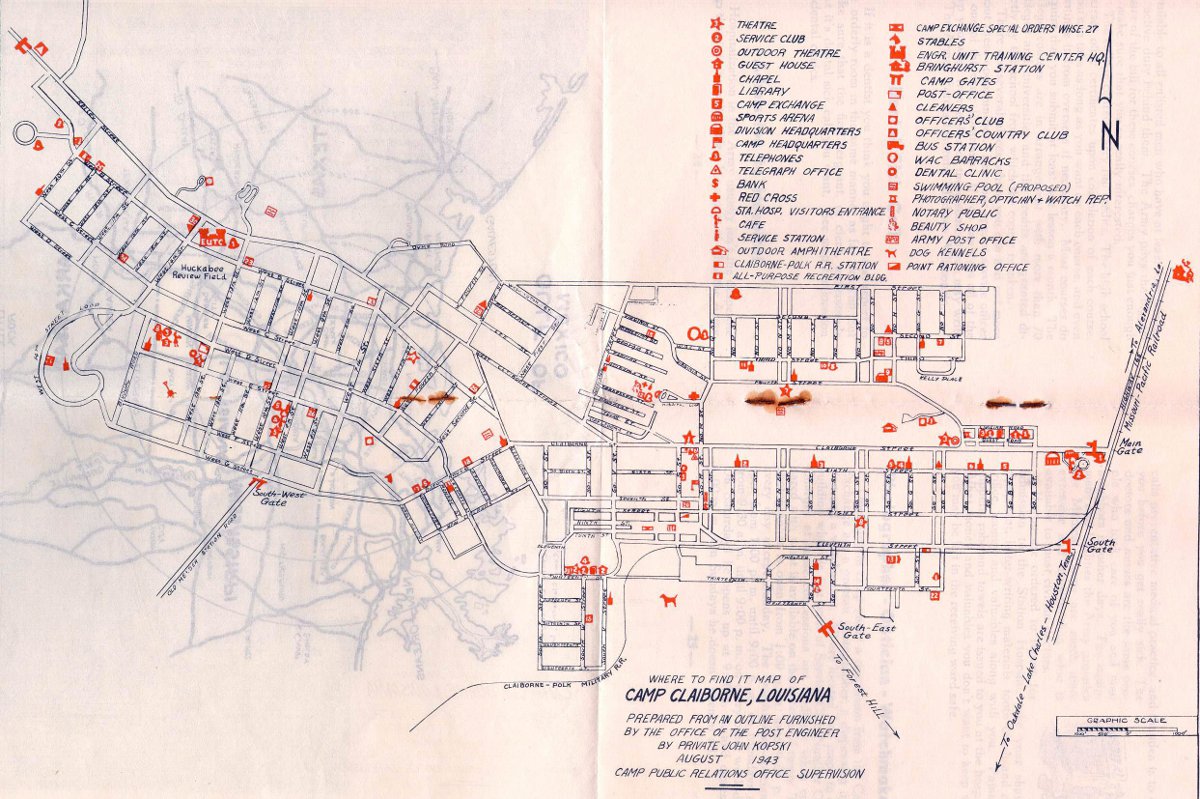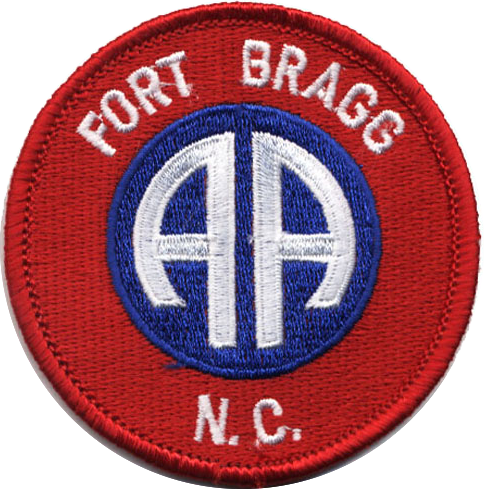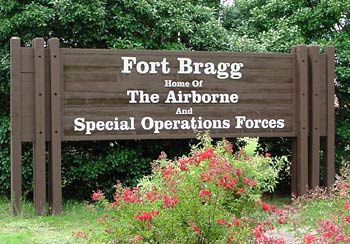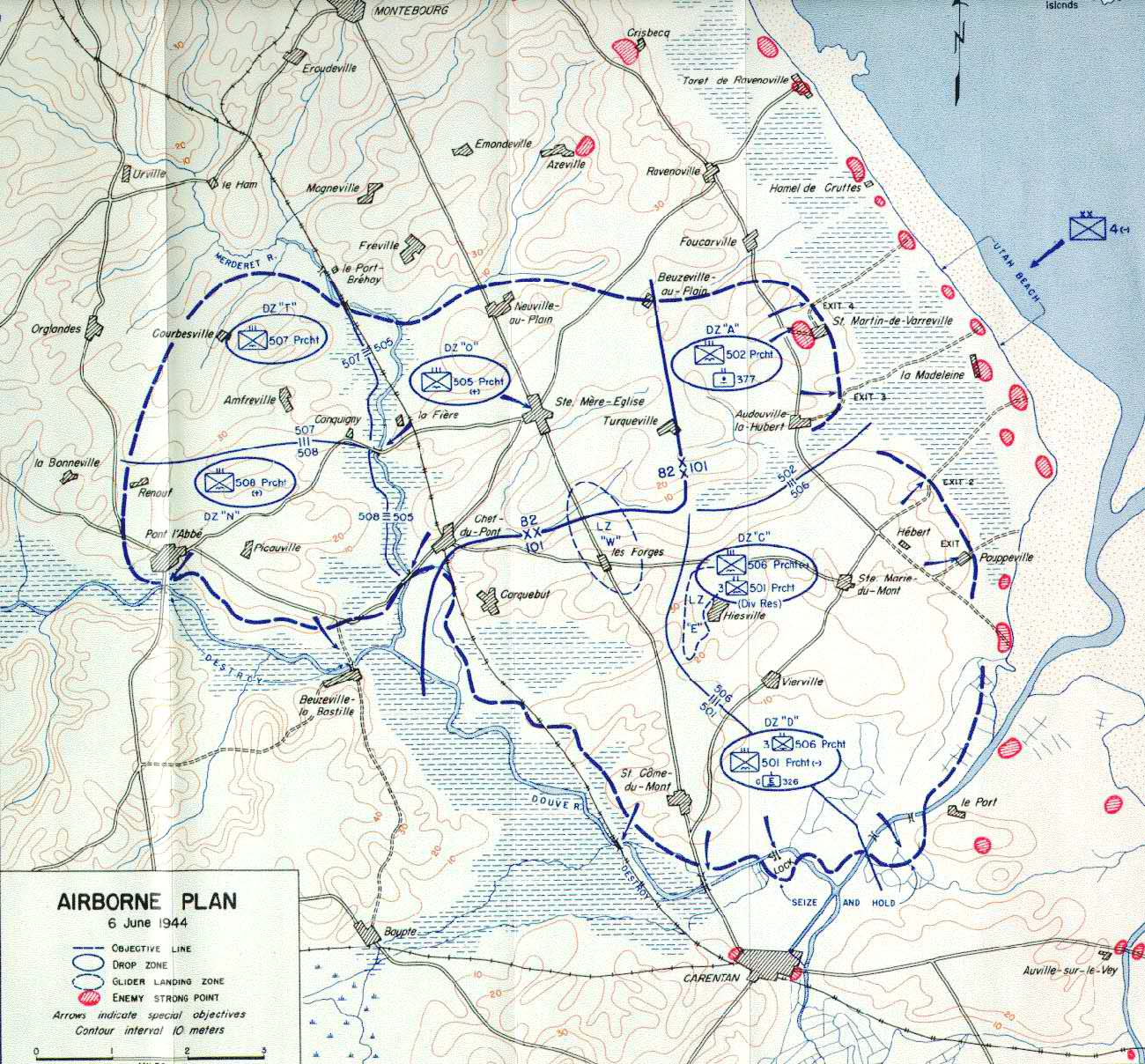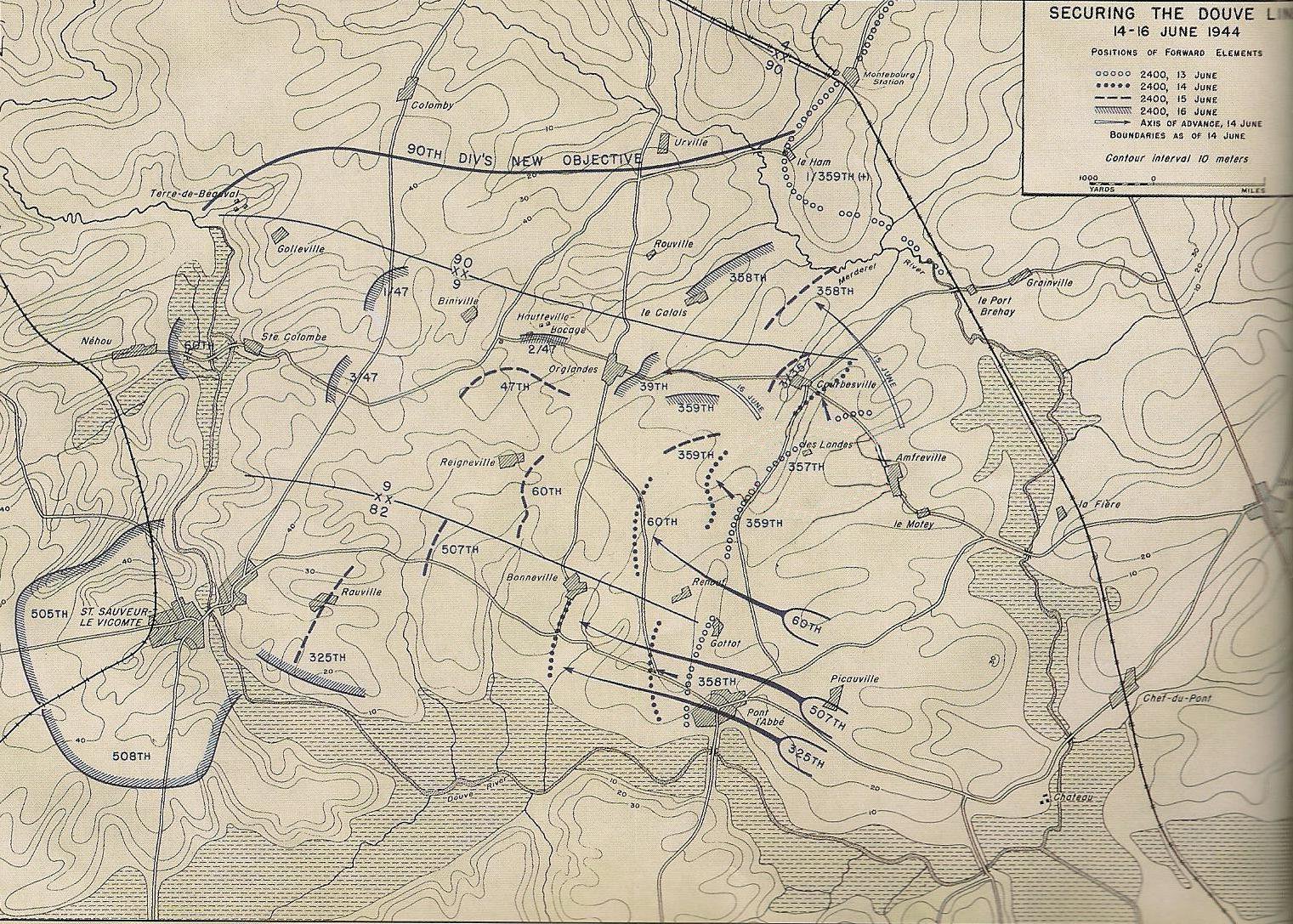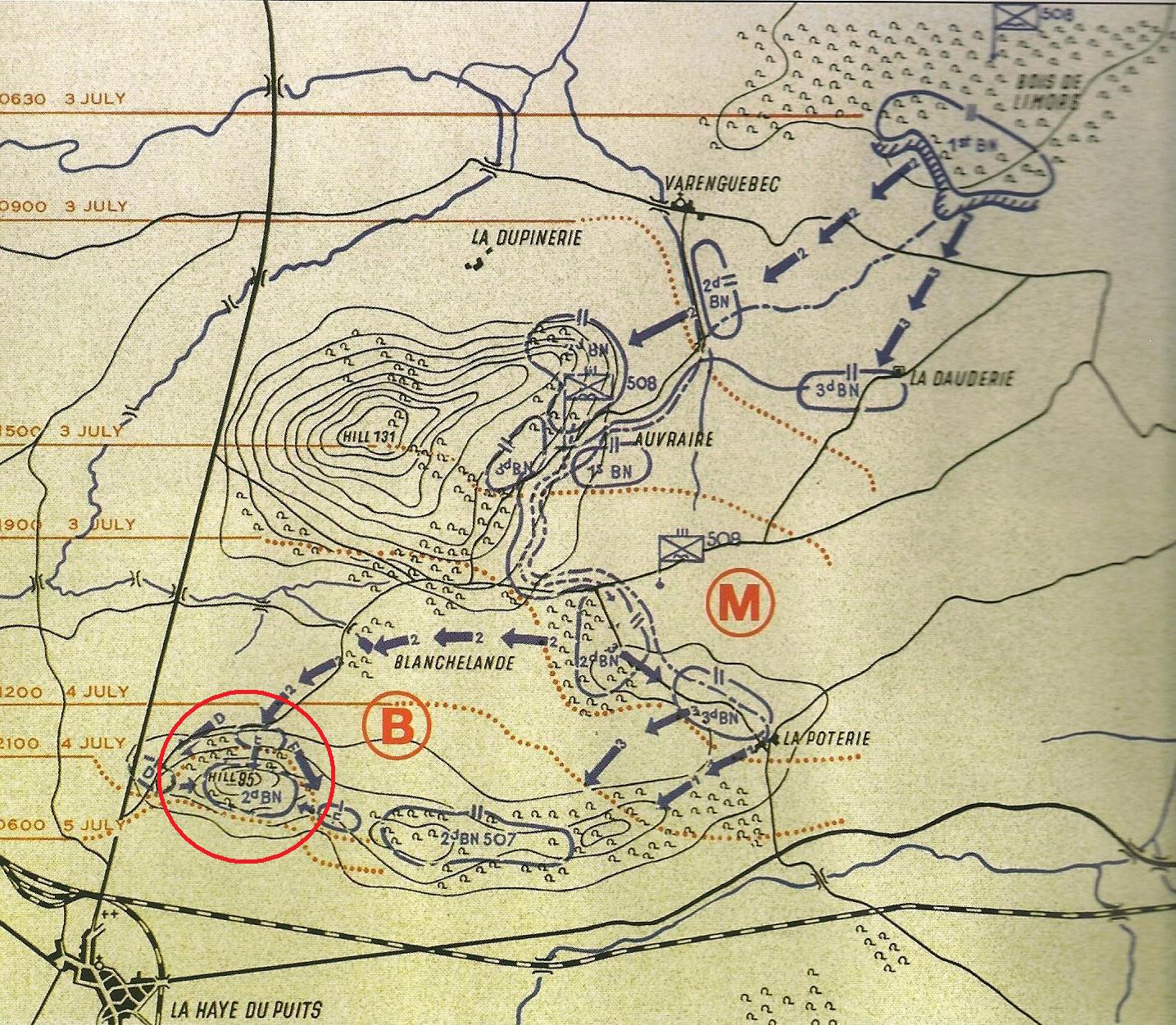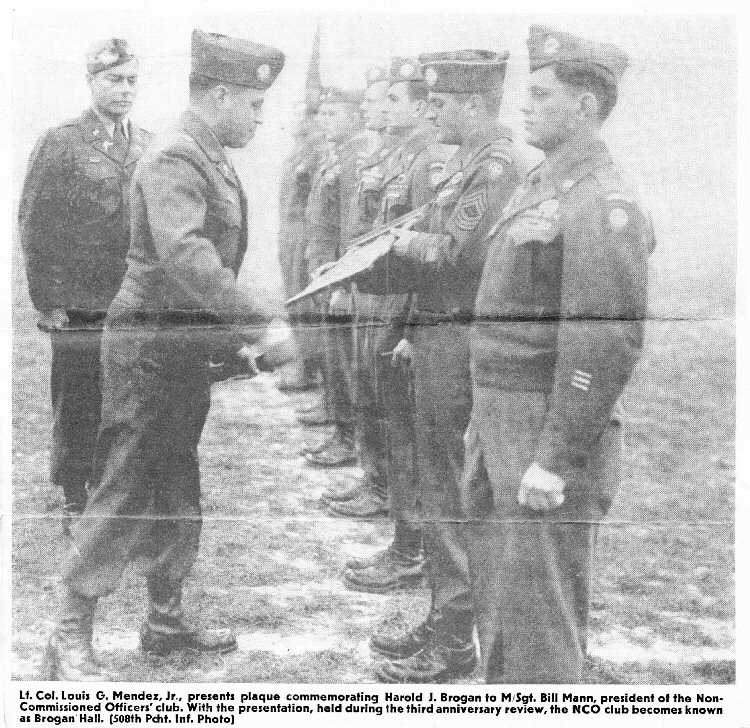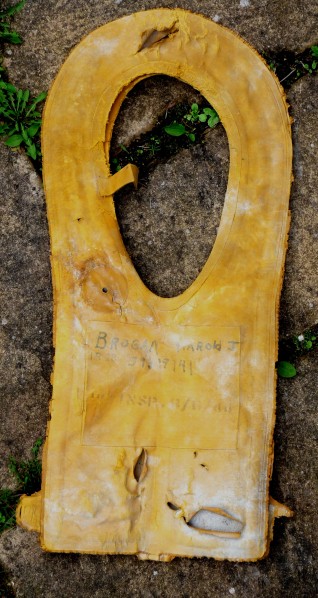|
Harold Joseph BROGAN
| ||||||||||||||||||||||||||||
|---|---|---|---|---|---|---|---|---|---|---|---|---|---|---|---|---|---|---|---|---|---|---|---|---|---|---|---|---|
|
Source : Historian (Ellen Marchese)
| ||||||||||||||||||||||||||||
| NUMBER OF SERVICE | 39319141 | |||||||||||||||||||||||||||
| AGE | 22 yo | |||||||||||||||||||||||||||
| DATE OF BIRTH | 8 September 1921 Niagara Falls Centre, Niagara Regional Municipality, Ontario, CANADA | |||||||||||||||||||||||||||
| ENLISTMENT STATE | OREGON | |||||||||||||||||||||||||||
| FAMILY |
Parents : Patrick & Mary BROGAN Frères et sœurs : Vincent Thomas | |||||||||||||||||||||||||||
| RANK | Staff Sergeant | |||||||||||||||||||||||||||
| FONCTION | Peloton Company B Chef | |||||||||||||||||||||||||||
| JOB BEFORE ENLISTEMENT | Job |  | ||||||||||||||||||||||||||
| DATE of ENLISTEMENT | 25 January 1943 à Huntington WEST VIRGINIA | |||||||||||||||||||||||||||
| COMPANY | Company B | |||||||||||||||||||||||||||
| BATTALION | 1st Battalion | |||||||||||||||||||||||||||
| REGIMENT | 508th Parachute Infantry Regiment | |||||||||||||||||||||||||||
| DIVISION | 82nd Airborne Division | |||||||||||||||||||||||||||
| DATE OF DEATH | 4 July 1944 |
Source : Woose | ||||||||||||||||||||||||||
| STATUS | KIA | |||||||||||||||||||||||||||
| PLACE OF DEATH | Around La Haye du Puits | |||||||||||||||||||||||||||
| CEMETERY TEMPORARY |
CEMETERY TEMPORARY of Blosville N°3508
| |||||||||||||||||||||||||||
| CEMETERY | NORMANDY AMERICAN CEMETERY of Colleville | |||||||||||||||||||||||||||
| GRAVE |
| |||||||||||||||||||||||||||
| DECORATION |
| |||||||||||||||||||||||||||
| ||||||||||||||||||||||||||||
| STORY | ||||||||||||||||||||||||||||
|
Nicknamed the Irishman (Irish) because of his accent. The division was reactivated on March 25, 1942 and became Airborne Division on August 15.
Transfer to Great Britain in April 1943. The 82nd Airborne Division will pass through Casablanca (training), in Sicily (engagement-combat), Gela TUNISIA (Re-equipment), Comiso Licata Castelvetrano Airport of Trapani SICILY (engagement-combat). Salerno Naples Anzio ITALY (engagement-combat) Belfast (training) . May 26, 1944 The mission of the 82nd is fixed: Take control of the vicinity of St Sauveur le Vicomte, in order to prevent the German forces from blocking the units landed at Utah Beach.
The 3rd battalion attacks to the east and the 1st battalion attacks to the south near LA POTERIE In a first the 1st battalion progresses along hedgerows under cover. Harold's platoon had to cross a field when in the middle of it was hit by a bullet. This bullet fired by a sniper hit him in the intestine.The peloton continued its progression, leaving Harold in the middle of the field, he remained between 1 and 1:30 a.m. alone in this field under a blazing sun. All this time under fire from enemy artillery equipped with 88 guns, PFC Clyde MOLINE and Corporal Jack GUNTER asked to return to him to assist him. Alas during this trip to Harold, they were both mortally wounded, nurse DITWILER was already at that time with Harold trying to treat him. He was hit by this sniper in his hand. There was also an attempt to perfuse him but this sniper being effective, he managed to reach the vial of plasma. Harold asked his comrades to quench their thirst, which was done despite the fact that they had been told that the injured man should not be given water for reasons of infection. Harold was finally evacuated following the hedges. He was initially put in a standard soldier's tent (half shelter) to give him first aid. Later he was taken to a field hospital in the rear. Harold was last seen alive by Tech5 Bill DEAN. Bill saw Harold evacuated by a jeep in a wood Hill 95 is near LA HAYE DU PUITS. Harold died of these injuries during the Hill 95 offensive. He was recognized by his hierarchy as a good leader and as an excellent soldier. For the 3rd anniversary of the regiment in HEDDEMHEIM, the entrance to the NCO club bears the name of HALL SERGEANT Harold J BROGAN | ||||||||||||||||||||||||||||
Activated/Activé |
Normandy/Normandie |
| 25 Mar 1942 | Days of Combat/Jour de Combat 422 |
| Casualties/Victimes 9 073 | |
Entered Combat/Entré au combat |
|
| 9 Jul 1943 at Sicily | |
|
Commanding Generals/Commandants généraux Maj. Gen. Omar Bradley (Mar 42 - Jun 42) |
Campaigns/CampagnesSicily (9 Jul - 17 Aug 43) Normandy (6 Jun 44 - 24 Jul 44) Rhineland (15 Sep 44 - 21 Mar 45) |
CARTE DE CAMPAGNE DU THÉÂTRE MÉDITERRANÉENCAMPAIGN MAP OF THE MEDITERRANEAN THEATER |
|
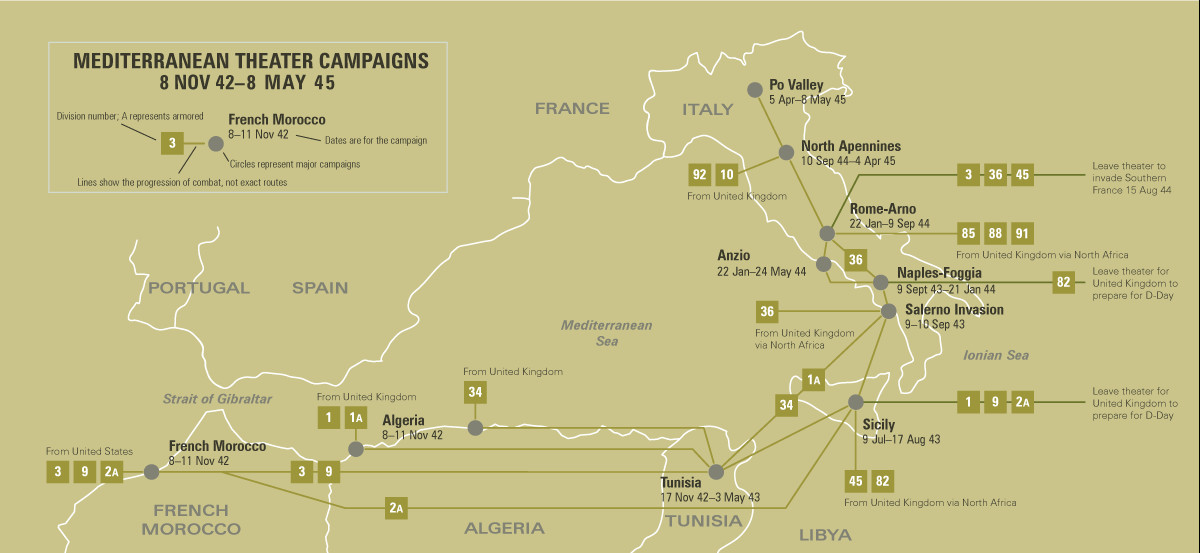 |
|
PLAN DE ROUTE DE LA CAMPAGNE - CAMPAIGN ROUTE MAP |
|
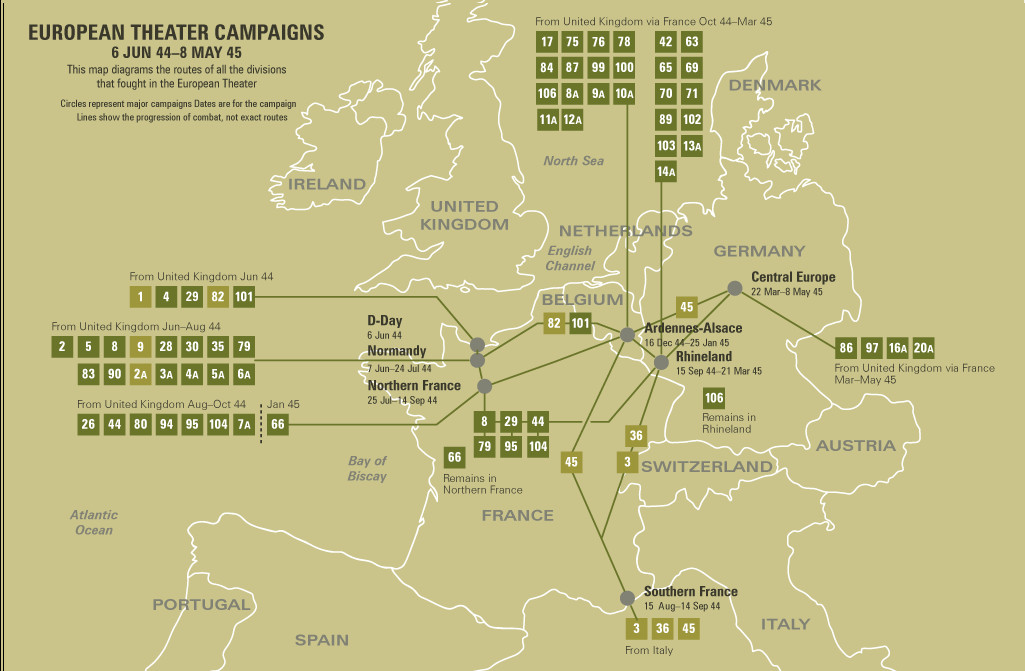 |
|
DIVISION CHRONICLEThe 82d Airborne Division landed at Casablanca, 10 May 1943, and trained. Elements first saw combat in Sicily, when the 505th RCT and part of the 504th dropped behind enemy lines, 9-10 July 1943, at Gela. The remainder of the 504th RCT dropped, 11-12 July 1943, also near Gela, after running friendly naval and ground force fire. Scattered elements formed and fought as ground troops. The elements were flown back to Tunisia for reequipment and returned to Sicily to take off for drop landings on the Salerno beachhead. The 504th Parachute Infantry dropped, 13 September 1943, and the 505th the following night; the 325th landed by boat. These elements bolstered Salerno defenses and fought their way into Naples, 1 October 1943. After a period of occupation duty (and combat for some elements in the Volturno Valley and Anzio beachhead), the Division moved to Ireland, November 1943, and later to England, February 1944, for additional training. Moving in by glider and parachute, troops of the 82d dropped behind enemy lines in Normandy on D-day, 6 June 1944, before ground troops hit the beaches. Cutting off enemy reinforcements, the Division fought its way from Carentan to St. Sauveur-le-Vicomte, fighting 33 days without relief. Relieved on 8 July, it returned to England for refitting. On 17 September, it was dropped at Nijmegen, 50 miles behind enemy lines, and captured the Nijmegen bridge, 20 September, permitting relief of British paratroops by the British 2d Army. After heavy fighting in Holland, the Division was relieved 11 November and rested in France. It was returned to combat, 18 December 1944, to stem the von Rundstedt offensive, blunting the northern salient of the Bulge. It punched through the Siegfried Line in early February 1945, and crossed the Roer, 17 February. Training with new equipment in March, the Division returned to combat, 4 April, patrolling along the Rhine, securing the Koln area, later moving across the Elbe, 30 April, into the Mecklenburg Plain, where, 2 May 1945, the German 21st Army surrendered. |
CHRONIQUE DE DIVISIONLa 82ème division aéroportée a atterri à Casablanca le 10 mai 1943 et s'est entraînée. Les éléments ont d'abord été combattus en Sicile, lorsque le 505ème RCT et une partie du 504ème ont été largués derrière les lignes ennemies, du 9 au 10 juillet 1943, à Gela. Le reste de la 504ème RCT est tombé, du 11 au 12 juillet 1943, également près de Gela, après des tirs amicaux contre des forces navales et terrestres. Des éléments épars se sont formés et se sont battus en tant que troupes au sol. Les éléments ont été rapatriés en Tunisie pour le rééquipement et sont retournés en Sicile pour décoller pour atterrir sur la tête de pont de Salerne. Le 504th Infantry Parachute Infantry est tombé le 13 septembre 1943 et le 505ème le lendemain soir; la 325ème atterrit en bateau. Ces éléments ont renforcé les défenses de Salerno et se sont introduits à Naples, le 1er octobre 1943. Après une période d'occupation (et de combat pour certains éléments dans la vallée de Volturno et la tête de pont d'Anzio), la division s'est installée en Irlande en novembre 1943 , Février 1944, pour une formation supplémentaire. Se déplaçant en planeur et en parachute, les troupes du 82d tombèrent derrière les lignes ennemies en Normandie le 6 juin 1944, avant que les troupes terrestres ne frappent les plages. En coupant les renforts ennemis, la Division se fraya un chemin de Carentan à Saint-Sauveur-le-Vicomte, combattant 33 jours sans soulagement. Soulagé le 8 juillet, il est retourné en Angleterre pour y être réaménagé. Le 17 septembre, il a été largué à Nimègue, à 50 milles derrière les lignes ennemies, et a capturé le pont de Nimègue, le 20 septembre, permettant ainsi à la 2 e armée britannique de soulager les parachutistes britanniques. Après de violents combats en Hollande, la division est soulagée le 11 novembre et se repose en France. Il fut remis au combat le 18 décembre 1944 pour endiguer l’offensive de von Rundstedt, assourdissant le saillant septentrional des Ardennes. Il a percuté la ligne Siegfried au début de février 1945 et a traversé la Roer le 17 février. S'entraînant avec de nouveaux équipements en mars, la Division est revenue au combat le 4 avril, patrouillant le long du Rhin, sécurisant la région de Koln, traversant ensuite l'Elbe le 30 avril dans la plaine de Mecklenburg où, le 2 mai 1945 s'est rendu. |
| SOURCE INFORMATION & PHOTO | Armydivs.squarespace.com |
|---|
|
|
|
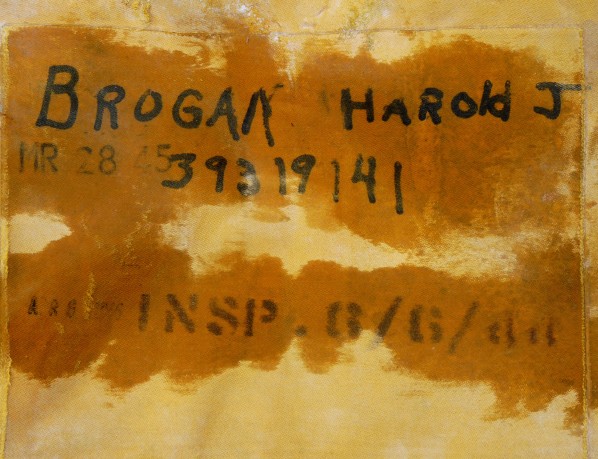 |
| SOURCE INFORMATION & SOURCE PHOTO | Findagrave.com- Anthony Maëlya Mauclair - Abmc.gov - Clive TIRLEMONT - Frédéric LAVERNHE - Campclaiborne.com - Sapeurpompier-filsdefrance.com |
|---|---|
| PROGRAMMEURS | Eric, Henri, Garrett, Clive, Frédéric & Renaud |


